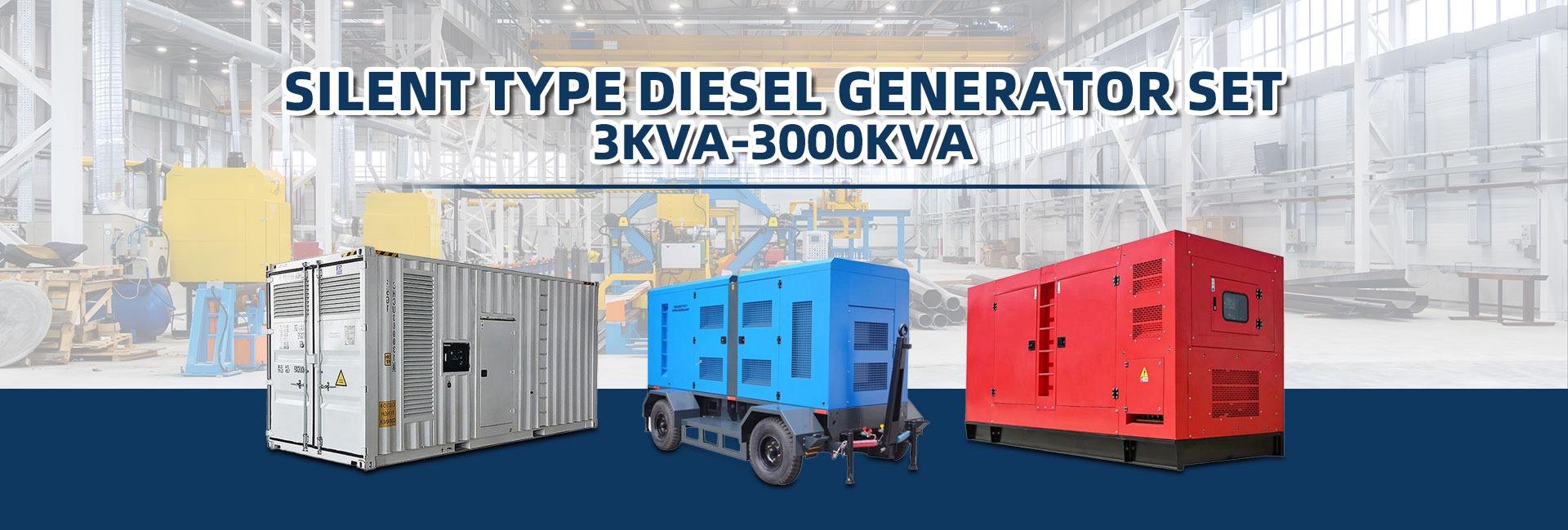The Challenge of Tier 4 Final Compliance
As the push for cleaner, more sustainable engines continues, manufacturers face the challenge of meeting increasingly stringent emissions standards. Tier 4 Final, the latest set of regulations, demands significant reductions in particulate matter and nitrogen oxide emissions. To achieve compliance, fuel system requirements and engine modifications are crucial.
Understanding Fuel System Requirements
To comply with Tier 4 Final regulations, engines must minimize emissions while maintaining optimal performance. Fuel system components, such as injectors, filters, and pumps, play a vital role in this process. High-pressure common rail (HPCR) injection systems, for example, deliver precise fuel dosing, enabling cleaner combustion and reduced emissions.
Engine Modifications for Tier 4 Final Compliance
Engine modifications can significantly impact emissions, making them a critical aspect of Tier 4 Final compliance. Here are three key modification areas:
1. Exhaust Gas Recirculation (EGR)
EGR systems recirculate a portion of the engine's exhaust gas back into the combustion chamber, reducing peak temperatures and the formation of nitrogen oxides. Modern EGR systems utilize advanced cooling techniques to provide optimal performance.
2. Diesel Particulate Filters (DPF) and Diesel Oxidation Catalysts (DOC)
DPFs trap particulate matter, while DOCs convert carbon monoxide and hydrocarbons into water and carbon dioxide. Together, these aftertreatment devices minimize harmful emissions and contribute to Tier 4 Final compliance.
3. Selective Catalytic Reduction (SCR)
SCR systems inject a urea-based solution, called diesel exhaust fluid (DEF), into the exhaust stream, converting nitrogen oxides into harmless nitrogen and water. This technology is widely used in Tier 4 Final engines to meet emissions standards.
Practical Tips for Achieving Tier 4 Final Compliance
Here are three actionable tips to help you navigate the complexities of Tier 4 Final compliance:
Conclusion: Embracing the Future of Emissions Compliance
Tier 4 Final compliance may seem daunting, but by understanding fuel system requirements and engine modifications, you can confidently navigate the emissions landscape. As it turns out, investing in cleaner, more efficient engines not only benefits the environment but also leads to improved performance and reduced operating costs. So, why wait? Take the next step toward Tier 4 Final compliance today.





